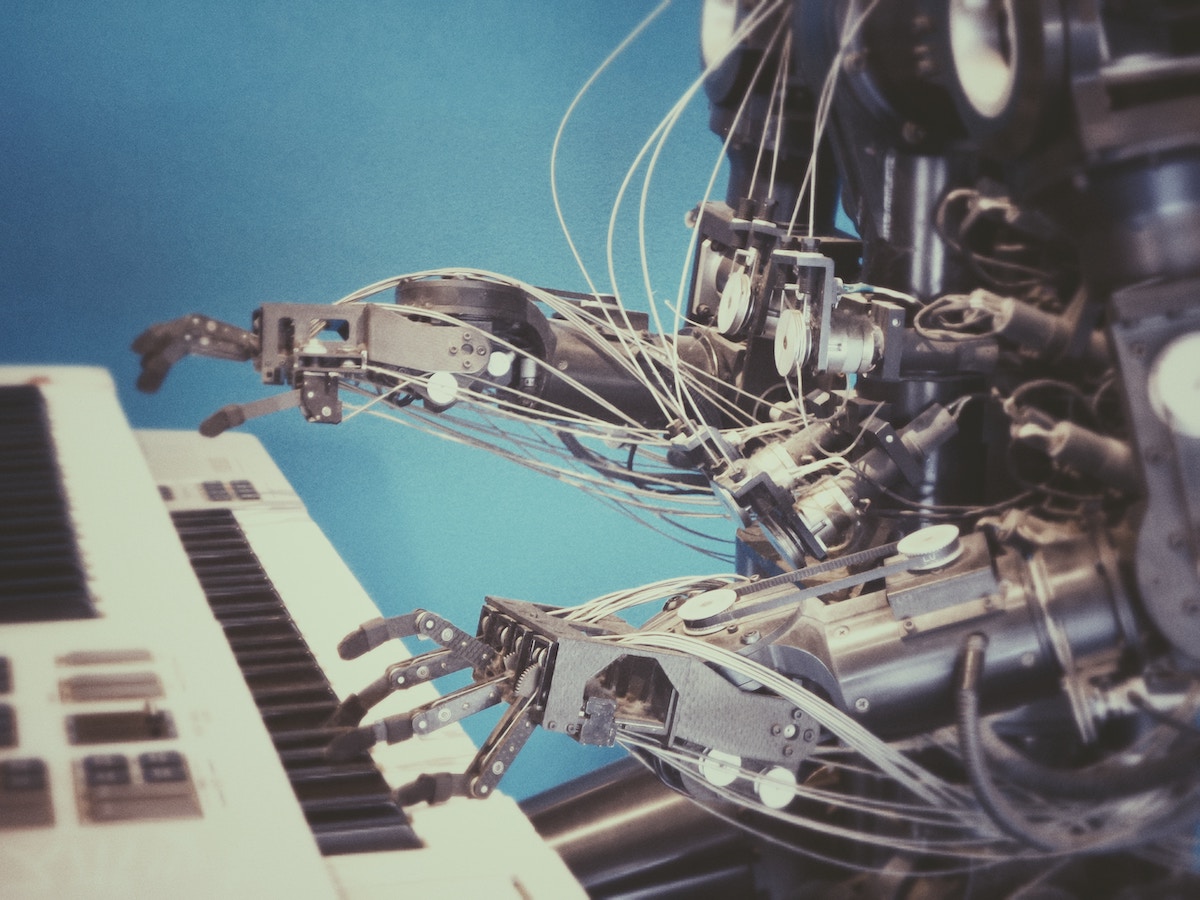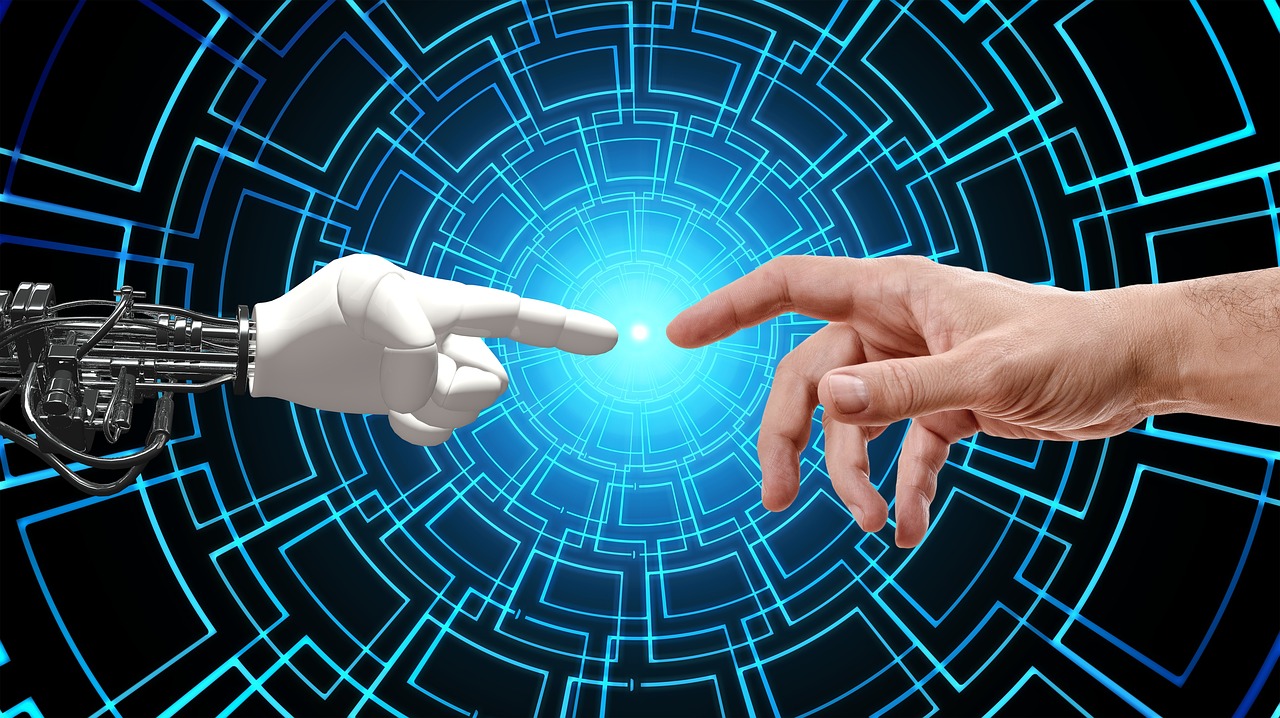 Artificial Intelligence (AI) is defined as the theory and development of computer systems able to perform tasks and take actions that maximize their chance to successfully achieve goals. These tasks include computer vision, speech recognition, decision-making, and translation between languages. This form of intelligence is revolutionizing how people live their lives, but more importantly, it’s revolutionizing how people do business.
Artificial Intelligence (AI) is defined as the theory and development of computer systems able to perform tasks and take actions that maximize their chance to successfully achieve goals. These tasks include computer vision, speech recognition, decision-making, and translation between languages. This form of intelligence is revolutionizing how people live their lives, but more importantly, it’s revolutionizing how people do business.
In this article, we’ll outline a number of artificial intelligence solutions and the software development involved. We will also discuss how it can be integrated with businesses and enterprises today.
Solutions of Artificial Intelligence
A good indicator of the growing popularity of AI is the number of startups that are receiving venture capital funding. As of January 2018, the number of active AI startups have increased 2.1 times. Venture capital funding has also increased by 4.5 times up to January 2018. There are a number of specific AI processes that are contributing to this growth. We’ll explain each of those processes briefly here.
Recommender Systems
A recommender system is “a subclass of information filtering system that seeks to predict the “rating” or “preference” a user would give to an item.” The recommender systems you would be most familiar with are Amazon and Netflix. These sites, and others like them, use a system of recommending new content based on what you’ve already read (Amazon) and what you’re already watched (Netflix). It finds content that is similar and provides it as a suggestion. For example, if you enjoy watching thrillers, Netflix will recommend films and television shows that are similar. If you enjoy reading books by James Patterson, Amazon will recommend similar authors.
Computer Vision
Computer vision is more than just placing a webcam on a computer and expecting it to make magic. A camera doesn’t give the computer the sense of sight. A computer that can scan a barcode has “sight” or “vision.” Your iPhone’s ability to recognize your face to unlock the home screen is using computer vision. Think of computer vision as the part of the brain that processes the information seen by the eyes, not the eyes themselves. Right now, AI is being compared to a small child: computer vision gives it sight, but it doesn’t yet have an inherent understanding of the world around it. About 20% of organizations in North America are using this form of AI right now.
Machine Learning
Machine learning is an application of AI where a computer’s algorithm learns a better way of performing a task based on “experience”. This experience is given by data. Machine learning is just beginning to take precedence now, although the concept has been around since 1959, when Arthur Samuel realized it might be possible for machines to teach themselves, rather than having humans teach them. The internet is the most recent example of machine learning emergence – the amount of information available for analysis by machines is practically endless.
Robotic Process Automation
Robotic Process Automation (RPA) is becoming more prevalent among business owners as a way to streamline business processes and reduce costs, thus allowing businesses to spend more time focusing on customer service and other high-value work. The use of bots to streamline processes is only going to increase as time goes by. It is expected that, by 2020, automation and artificial intelligence will reduce employee requirements by 65%. The RPA market is expected to top $1 billion by 2020.
Conversational Interfaces
A conversational interface is something that mimics chatting with a real human on a website, most typically in a customer service capacity. At this point in time, there are two types of conversational interfaces: those you talk to and those you type to. Some well-known examples of conversational interfaces include Apple’s Siri, Google’s Assistant, Amazon’s Alexa, and Microsoft’s Cortana. With these interfaces, you can do everything from finding out the weather, having an audiobook read to you, and making a dinner reservation. Conversational interfaces have been around for a long time and will only evolve and become more ubiquitous with time.
Natural Language Generation
At its most simplistic, Natural Language Generation (NLG) is technology that turns some form of data (generally structured, e.g. a database) into a human readable language (e.g. English). Basically, it means a piece of software can look at your data and write a report (or a story) from it, just as a human analyst might. NLG also allows for the story to be updated automatically anytime there is a change in the data, meaning nothing becomes obsolete.
Natural Language Text Understanding
This theory is also known as Natural Language Processing. This field of artificial intelligence is concerned with interactions between computer and human (natural) languages (e.g. English, Spanish, French). It is used in text or speech, particularly for systems like machine translation, spam detection, information extraction, and more. Natural Language Processing is used with conversational interfaces, such as Cortana and Siri. Gmail is the most famous example of using spam detection to filter email.
Natural Language Speech Understanding
Natural Language Speech Understanding is also known as Automated Speech Recognition (ASR) and falls under the category of Natural Language Processing. However, the two can work independently. Automated Speech Recognition (ASR) is only required for voice communication. ASR uses acoustic signals to determine what words have been spoken and returns results based on that, with a certain level of confidence. Cortana, Siri or Alexa are good examples of how this work (as they have to translate the voice commands to text first, before analysing and follow them).
How AI Is Revolutionizing Startups
As Artificial Intelligence (AI) becomes more prevalent and accessible, startups are undergoing an AI-led revolution of sorts. This revolution is especially prominent in enterprise software. In a recent survey done by Cowen and Company, it was found that 81% of IT leaders already invest in or are planning to invest in AI. The survey also found that there are now more than 2,200 AI startups, with more than half having emerged in just the last two years.
There are three big tech companies that are well-positioned to deliver AI services in the coming years: Salesforce, Adobe, and ServiceNow. Not only can they deliver, but they’re also in an excellent position to monetize those services by selling them to startups.
The e-commerce sector in particular is ripe for AI-led disruption. According to a survey by Gartner, 85% of interactions between retailers and customers will happen without human interaction by 2020.
One way e-commerce will be revolutionized by AI is already happening through Amazon’s item to item recommendations. It’s worth nothing Amazon has around thirty percent of its retail income coming from recommendations. When you search for a product on Amazon, not only does the exact item you’re looking for pop up, but you also get suggestions for similar and related products. For example, if you’re looking for a case for your new iPhone, you also get suggestions for chargers and other products that will make your phone more useful.
AI is also making waves in the e-commerce sector with voice commands and voice recognition. Bots like Siri and Cortana are making life hands-free by allowing people to use speech to take care of things from finding out the weather to making a dinner reservation to playing the latest episode of their favorite podcast. It is believed that by 2020 more than half of our internet searches will be conducted via voice commands.
Other ways AI is revolutionizing e-commerce include responding to queries, preventing counterfeit sales, creating product descriptions, campaign management, and analytics.
The Ethics of AI
The final piece of the AI puzzle is ethics. When using AI, we also have to consider the “emotional AI” of the process. As AI continues to grow, the ethical consequences will be far-reaching. Isaac Asimov’s Three Laws of Robotics serve as the current basis for ethics in AI.
In June 2018, Google created a code of ethics which basically stated that their algorithms will do no harm. The code of ethics was signed by 4,000 employees and resulted in the resignation of a dozen more. This code will expire in less than three months and Google is not renewing. The company is committed to not pursuing “technologies whose purpose contravenes widely accepted principles of international law and human rights,” but haven’t been specific about how they will put this into practice, which is problematic.
A lot of work still needs to be done to ensure that the rapid advancements in AI don’t create ethical conflicts. Everyone has an inner moral compass, but as technology continues to become more invasive, getting an ethical framework in place is important.






